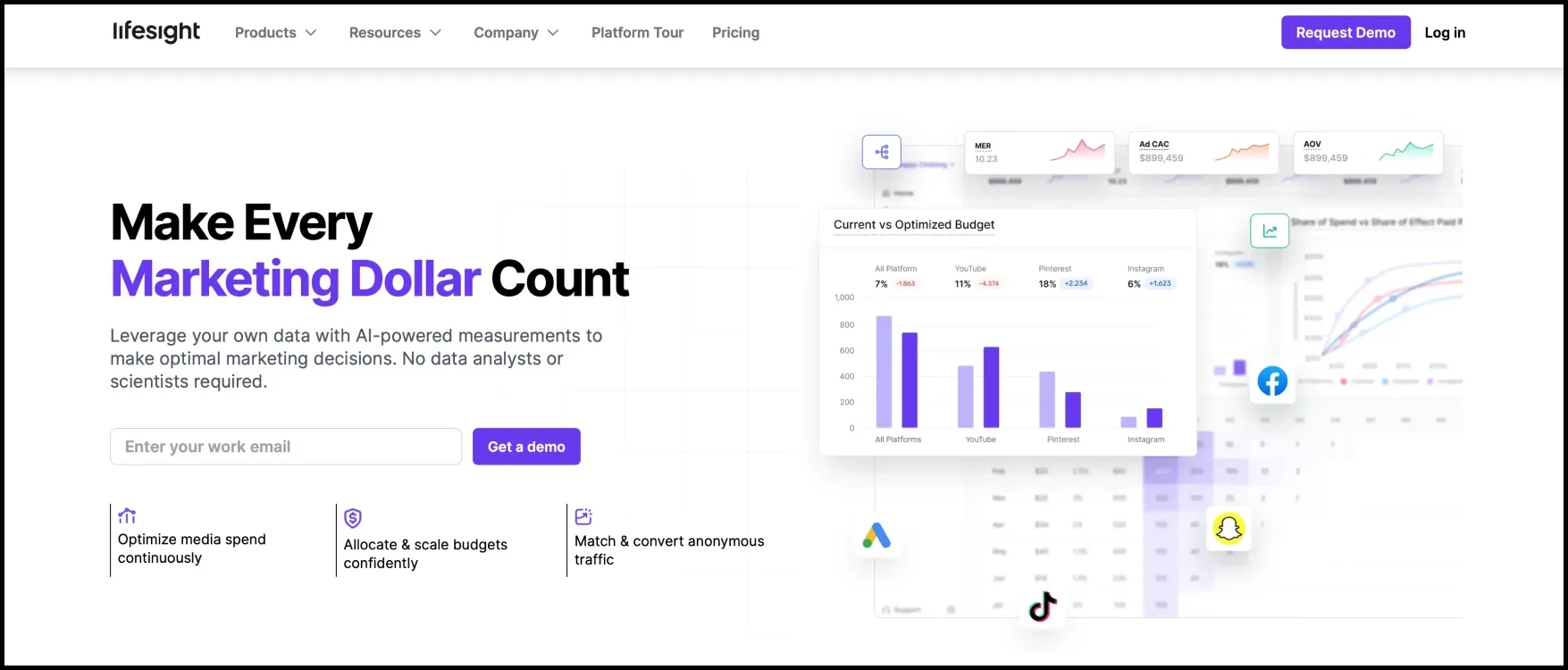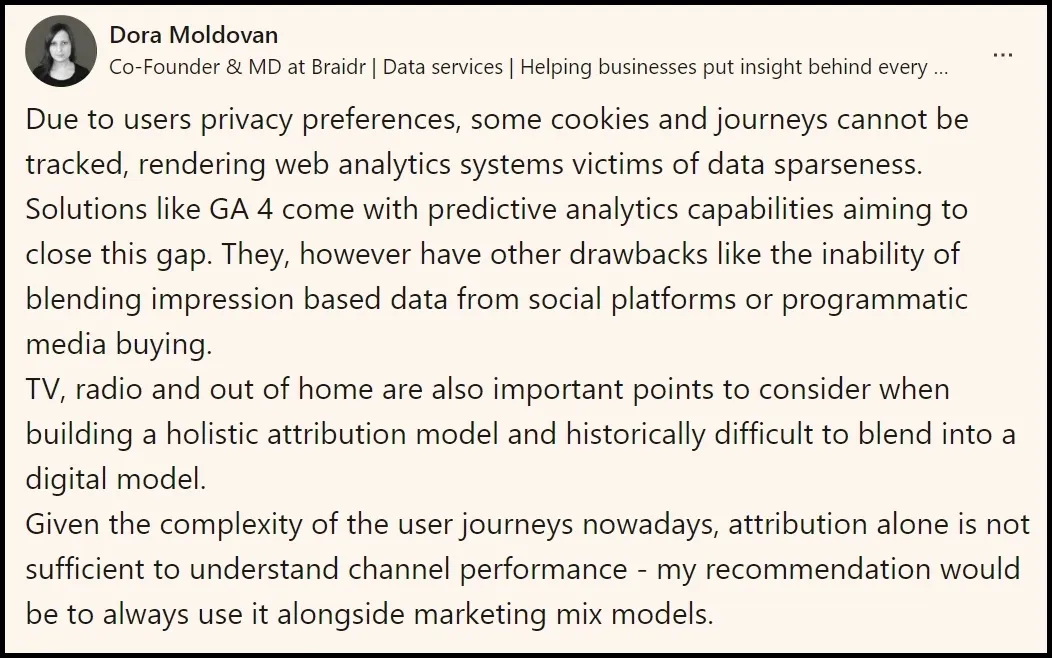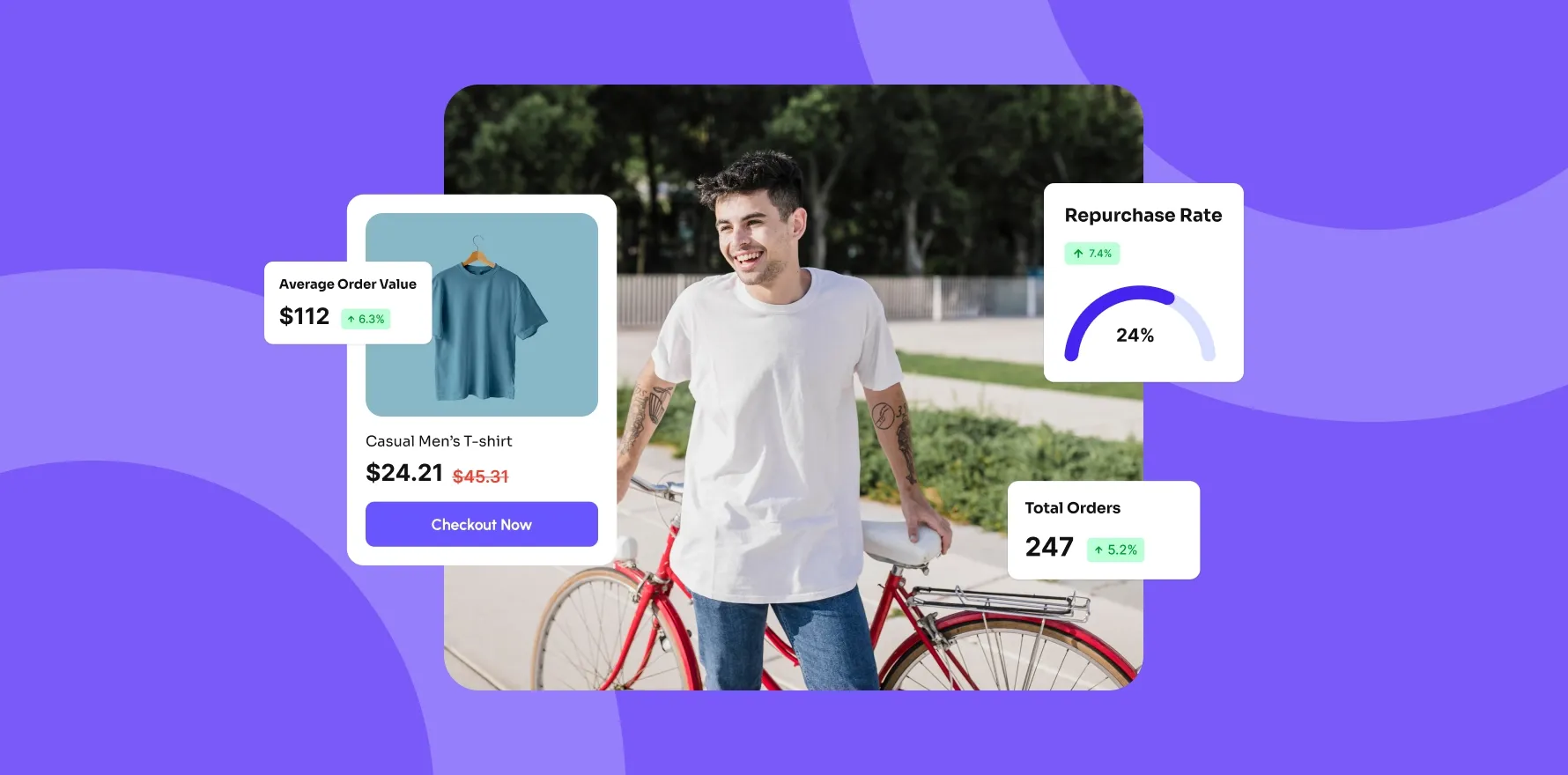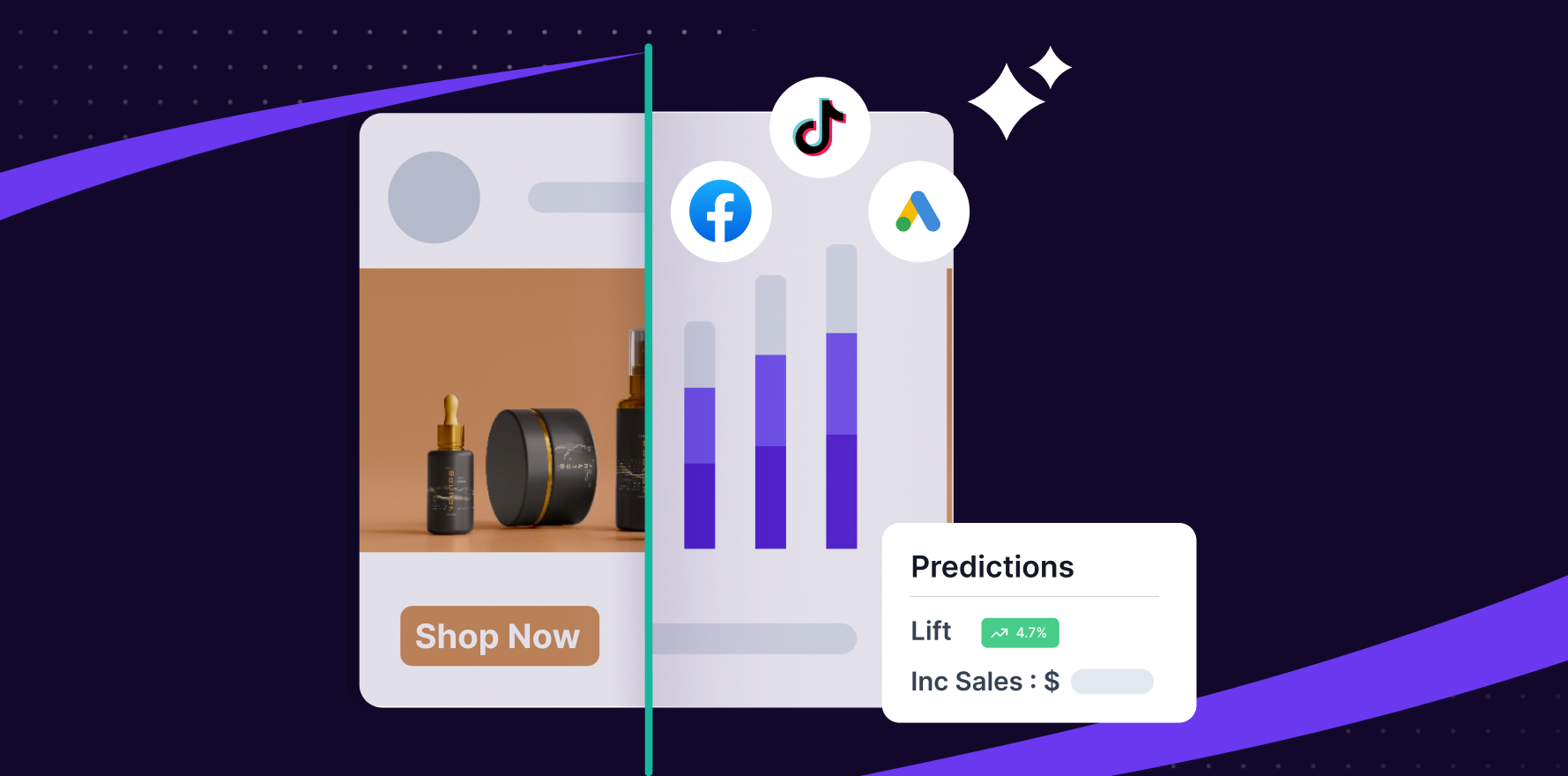Understanding your customer’s journey and their value over time isn’t just a nice-to-have – it’s a necessity. According to a report from eMarketer, more than 80% of marketers consider understanding their customer journey as one of the most critical challenges they face today.
Meanwhile, research from Adobe suggests that customers with high CLV are 40% more likely to become repeat purchasers compared to average customers.
This blog post is here to illuminate your path, helping you decode the intricate connection between marketing attribution and CLV. Before we dive into how these two metrics are connected, it’s essential to understand what they mean.
Understanding Marketing Attribution
Marketing attribution is a vital aspect of any ecommerce business.
It refers to the process of determining which marketing channels are driving website traffic and conversions. In today’s world, where customers interact with brands through various channels, it’s essential to know which marketing efforts are having the most impact.
Marketing attribution helps ecommerce businesses understand which ads, social media campaigns, email marketing efforts or other marketing tactics are driving the most traffic and conversions. This information is valuable as it enables businesses to make informed decisions about where to allocate their marketing budget.
Decoding Customer Lifetime Value in Ecommerce
Think of Customer Lifetime Value or CLV as the long-term relationship worth between your business and your customer. It’s like foreseeing into a crystal ball to predict how much profit your company can make from a customer during the entire span of their relationship with your business. It’s about shifting the focus from a one-time transaction to a long-term customer-business love story.
Now, why should you care about this? Well, because it’s not just about making a sale today, but nurturing a relationship that could lead to more sales down the line. Imagine, instead of seeing dollar signs every time a customer makes a single purchase, you can predict the stream of future purchases and interactions, too. This makes the customer not just valuable today, but potentially for years to come.
In the ecommerce world, this is a big deal because it changes how you approach your customers. You want to keep them coming back, right? CLV helps you do just that by helping you understand and invest in the customers who are likely to stick around and continually engage with your business.
The Interplay between Marketing Attribution and CLV
Now that we’ve gotten a grip on marketing attribution and customer lifetime value, let’s dive into how these two concepts dance together.
So, marketing attribution is like your map. It’s how you trace the journey of your customers, marking the paths they took to finally make a purchase on the site. Every ad they clicked, every email they opened, every social media post they liked – all of these are breadcrumbs on their journey, and marketing attribution helps you put together the story.
Now, where does CLV fit into this?
Remember, CLV is all about understanding the long-term value a customer brings. So, when you bring the two together, you’re not only mapping the journey of a customer, but you’re also predicting how that journey might continue. You start to see patterns, like which channels bring in the most loyal customers, or what kind of marketing prompts customers to make repeat purchases.
This combo of marketing attribution and CLV allows you to personalize your marketing strategies more effectively. You get a bird’s eye view of what’s working and what’s not. The channels that bring in customers with higher CLV become your golden geese, and those that don’t, well, it’s time to rethink your strategies there.
How Marketing Attribution Influences CLV?
First off, let’s remember what marketing attribution does: it helps you to figure out where your customers are coming from. Are they clicking through from your beautifully curated Instagram feed? Or maybe they’re reading your blog posts? By pinning down which channels are most effective at bringing customers in, you can then focus on tailoring and boosting these strategies.
Now, how does this tie into CLV? Well, imagine if you found out that customers coming from your Instagram page tend to make just one purchase, whereas those who discover you through your email newsletters end up being loyal customers making repeat purchases.
This is where the beauty of marketing attribution really shines because it can show which channels are leading to the customers with the highest CLV. And by focusing more on those channels, you’re likely to attract more high-value customers.
That’s a win-win situation!
Not only are you gaining more customers, but these are customers who are more likely to stick around and continue to bring in revenue. So, by nailing down marketing attribution, you’re not only deciphering the past but also shaping a profitable future.
Leveraging Data and Technology for Better Attribution and Increased CLV
There are a bunch of tools that can collect and analyze data, giving you valuable insights into your marketing strategies and their effect on CLV.
Take, for example, an Unified marketing measurement platform. It can help you track a customer’s interaction with your brand across different channels, breaking down their journey into digestible bits of information. This kind of insight is what helps you zero in on the marketing efforts that really matter and that drive the highest CLV.

They can go beyond just tracking and into the realm of prediction. Imagine being able to predict which customers are likely to become repeat buyers, or which marketing campaign is likely to bring in the most loyal customers. That’s like seeing into the future!
Challenges in Linking Attribution and CLV
One of the first speed bumps you might encounter is the infamous data silos. This is when your data is kept separate, say your social media data is in one place, and your email marketing data in another. This can make it pretty hard to get a clear view of your customer’s journey. It’s like trying to put together a puzzle with pieces missing.
Another hiccup you might come across is privacy issues. With tightening data privacy laws and regulations, tracking your customer’s journey isn’t always as straightforward as you’d like. It’s a delicate balance between getting the insights you need and respecting your customer’s privacy.
Here’s a post by Dora Moldovan that goes into more detail about this problem:

And let’s not forget the complexity of multi-touch attribution models. These models can give you a more holistic view of your customer’s journey, but they can also be pretty intricate to set up and manage.
These challenges can seem daunting, but they’re not insurmountable. With the right tools and a bit of perseverance, you can navigate these obstacles and successfully link your marketing attribution with your CLV.
(Continue reading: Why Is Ecommerce Marketing Attribution Difficult?)
Final Thoughts
In the words of Peter Drucker, “What gets measured gets managed.” So let’s measure wisely, manage effectively, and leverage the power of marketing attribution and CLV to drive our ecommerce businesses to new heights.
We’re standing at the frontier of an exciting era in ecommerce. The path may seem a little bumpy, and the journey might be challenging, but with the right tools and the right mindset, we’re all set for an incredible ride.
You may also like
Essential resources for your success

























































